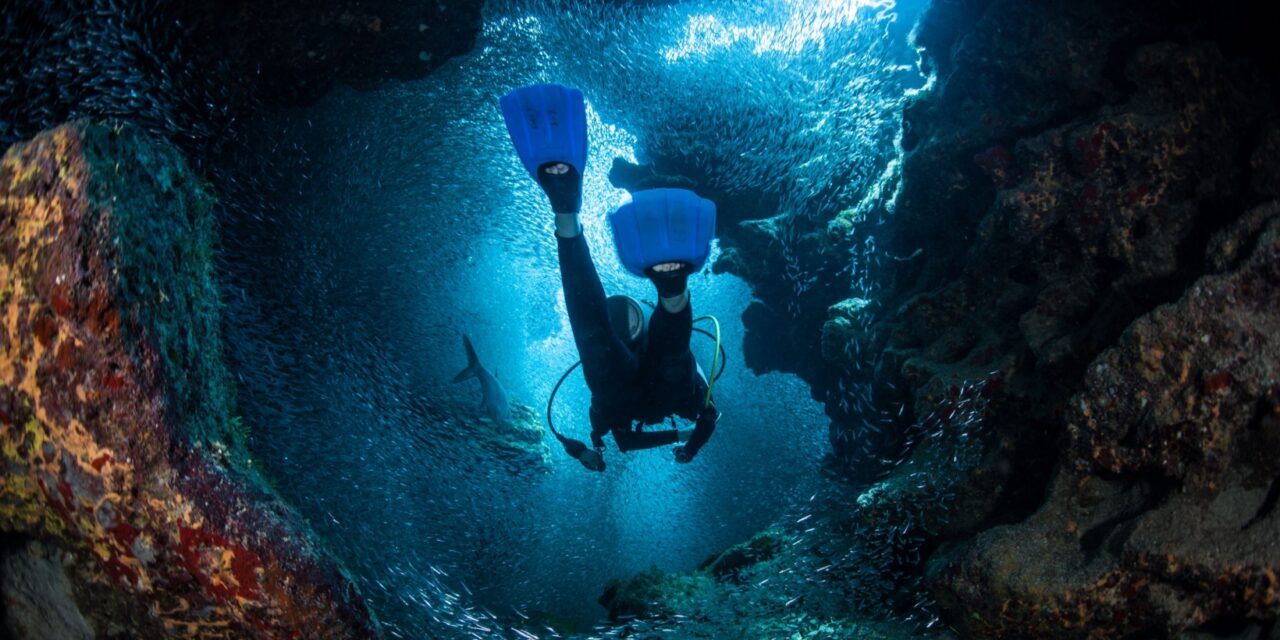
The Future of Ocean Exploration
Despite being surrounded by oceans, 75% of the ocean floor remains unmapped and 90% of marine life is believed to remain awaiting discovery. As scientists survey what lies ahead for ocean exploration, there are four primary areas where the technology will likely advance: autonomous vehicles, instruments and sensors, mechanical engineering and electronics, and software and communications.
To view the full article please register below:
The Future of Ocean Exploration
Despite being surrounded by oceans, 75% of the ocean floor remains unmapped and 90% of marine life is believed to remain awaiting discovery.1
Which is what makes the future of ocean exploration so exciting. As scientists survey what lies ahead for ocean exploration, there are four primary areas where the technology will likely advance: autonomous vehicles, instruments and sensors, mechanical engineering and electronics, and software and communications.
Let’s take a look at how the future is shaping up. One exciting development is the emergence of smaller, lightweight, low-cost autonomous underwater vehicles that will “swim” in swarms and be able to reach the deepest parts of the oceans where pressure makes human exploration expensive and dangerous. This swarm of vehicles will work together using acoustic communications and use AI to decide what to explore.
Robots have already proven their worth for studying hydrothermal vents by being able to explore dangerous areas and work 24/7. Expect these capabilities to expand exponentially.
Oceans will also become networked via an integrated network of underwater vehicles, sensors and communication systems to cover the ocean, providing scientists with real-time information. Data will be received by “data mules” (i.e., receiving vehicles on the ocean surface), and beamed up to satellites and transmitted to laboratories.
The principal areas of study will include deep current circulation, changes in seawater chemistry, carbon cycling and biological productivity—elements that humans can’t presently detect.
The information it gathers will be key in shedding light on life in the ocean’s twilight zone, which is the layer of ocean that extends from 650 feet below the ocean surface to 3,300 feet below. The water is cold and very dim in this zone, but teems with life. It may contain up to 10 times more life than previously estimated and greater than in all the rest of the ocean.
Another area of potential advance is biology-inspired engineering. We already see examples of this today. For instance, jellyfish inspired submarine propellers. By integrating microelectronic systems onto live jellyfish, early experiments have shown that swimming speeds and energy efficiency have been increased, opening up a future of robotic control of jellyfish, with sensors attached, allowing ocean exploration at low-power and low-cost.
These and other advances in ocean exploration will be invaluable in furthering our ability to manage ocean resources in a sustainable way, more effectively understand and mitigate the effects of global warming, and discover new sources of medical therapies, food, minerals and energy.
Source:
Please reference disclosures at: https://blog.americanportfolios.com/disclosures/












